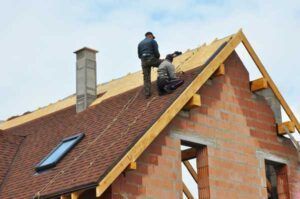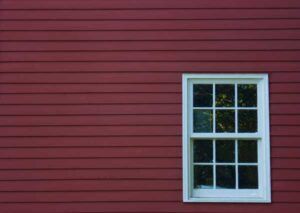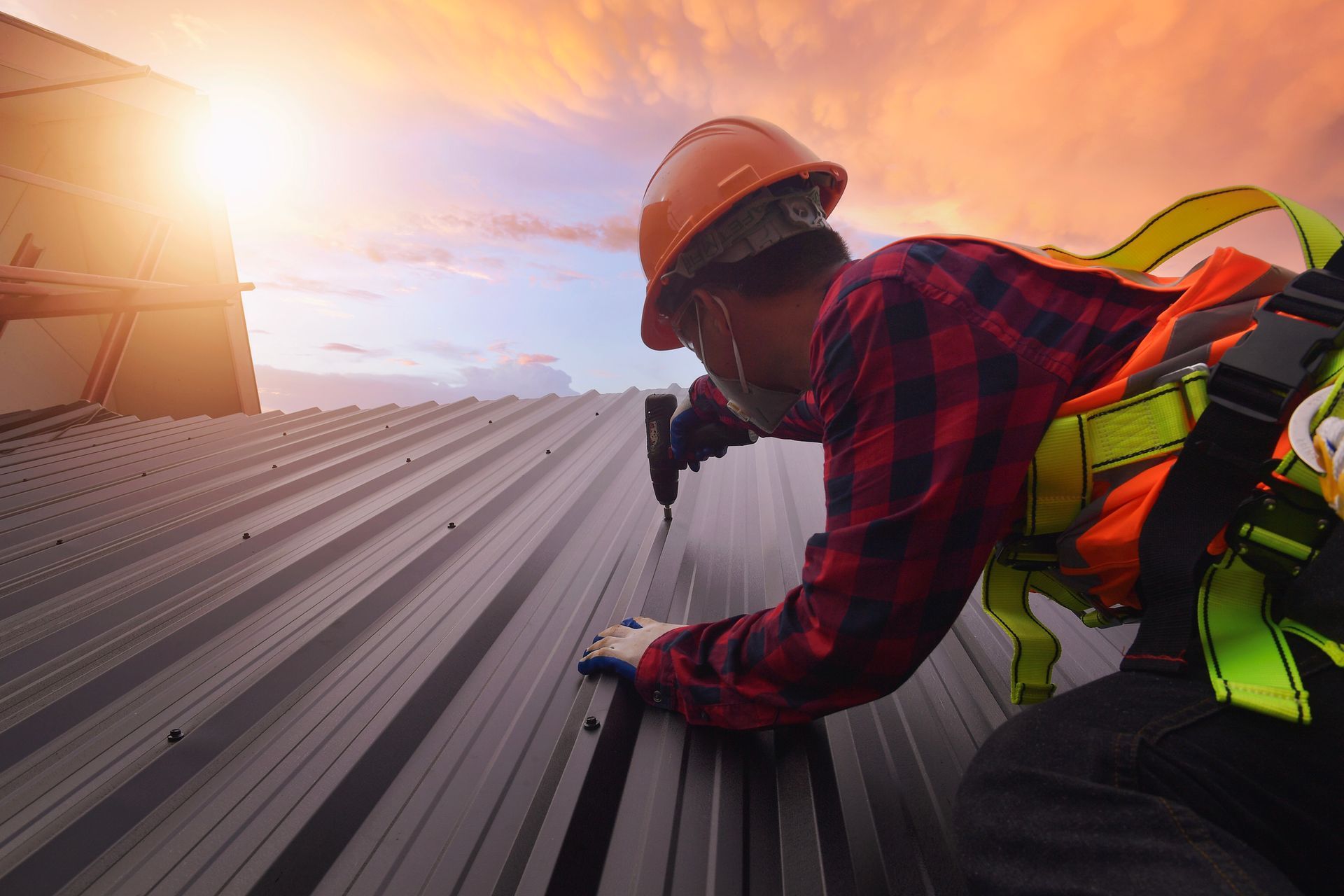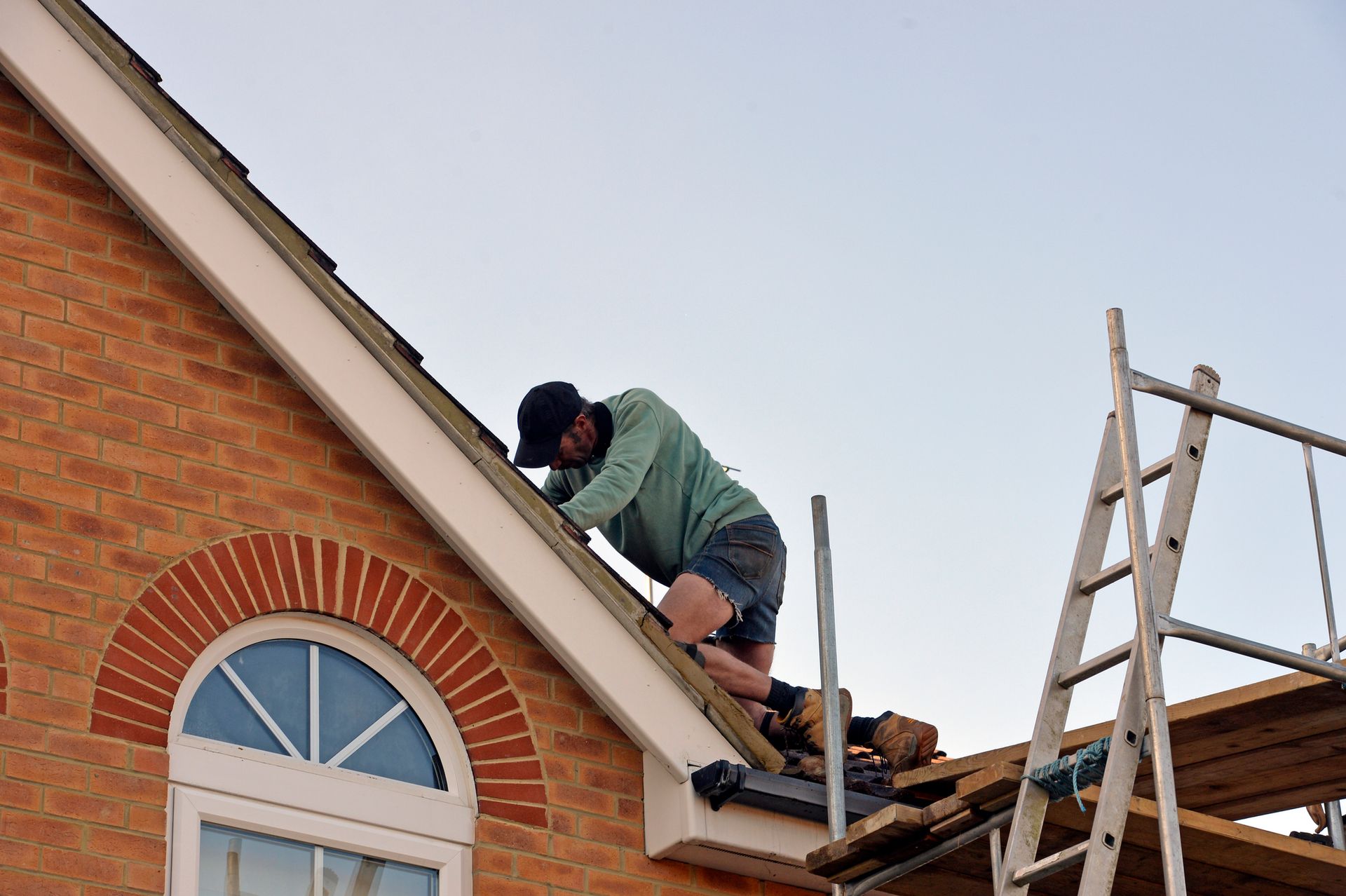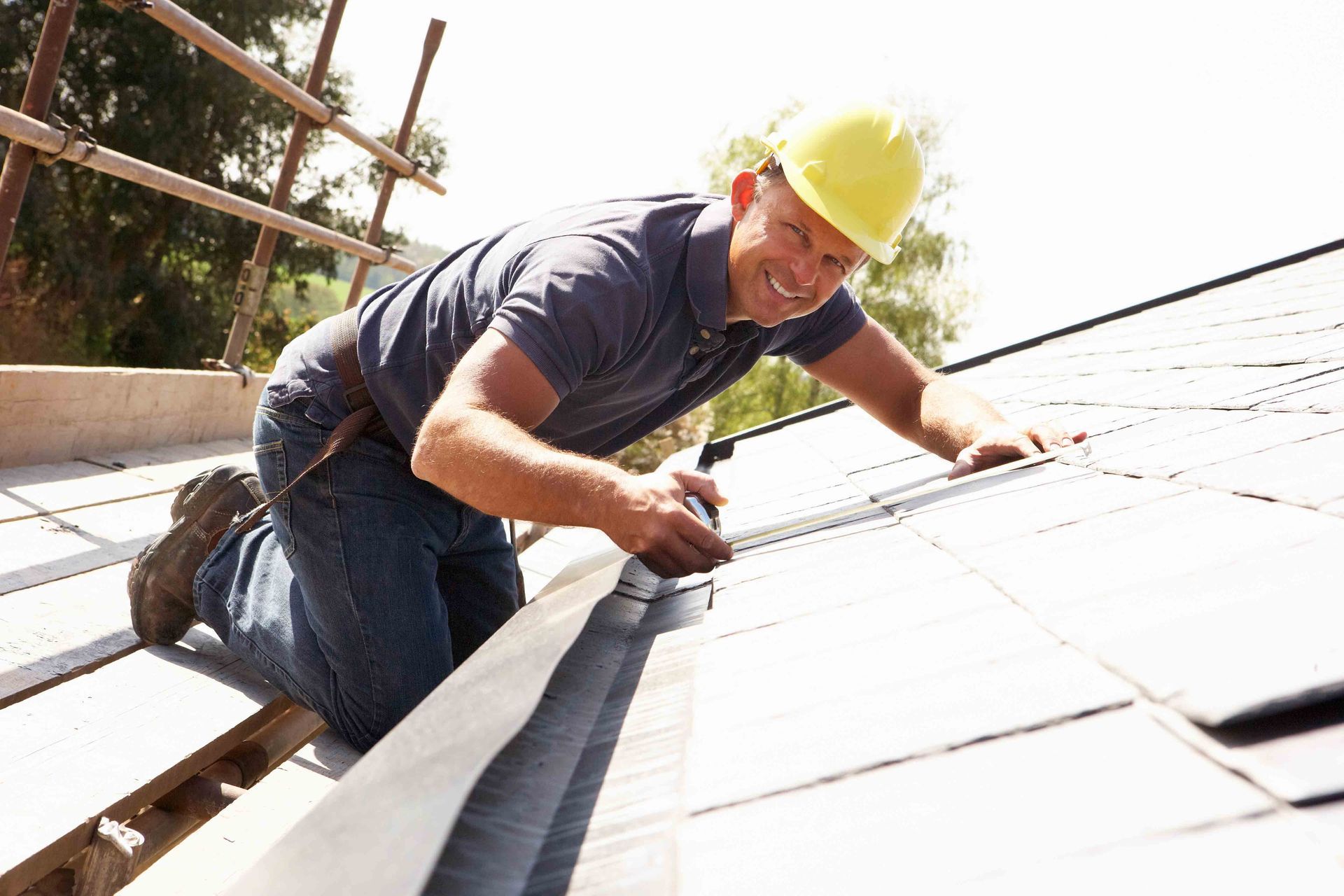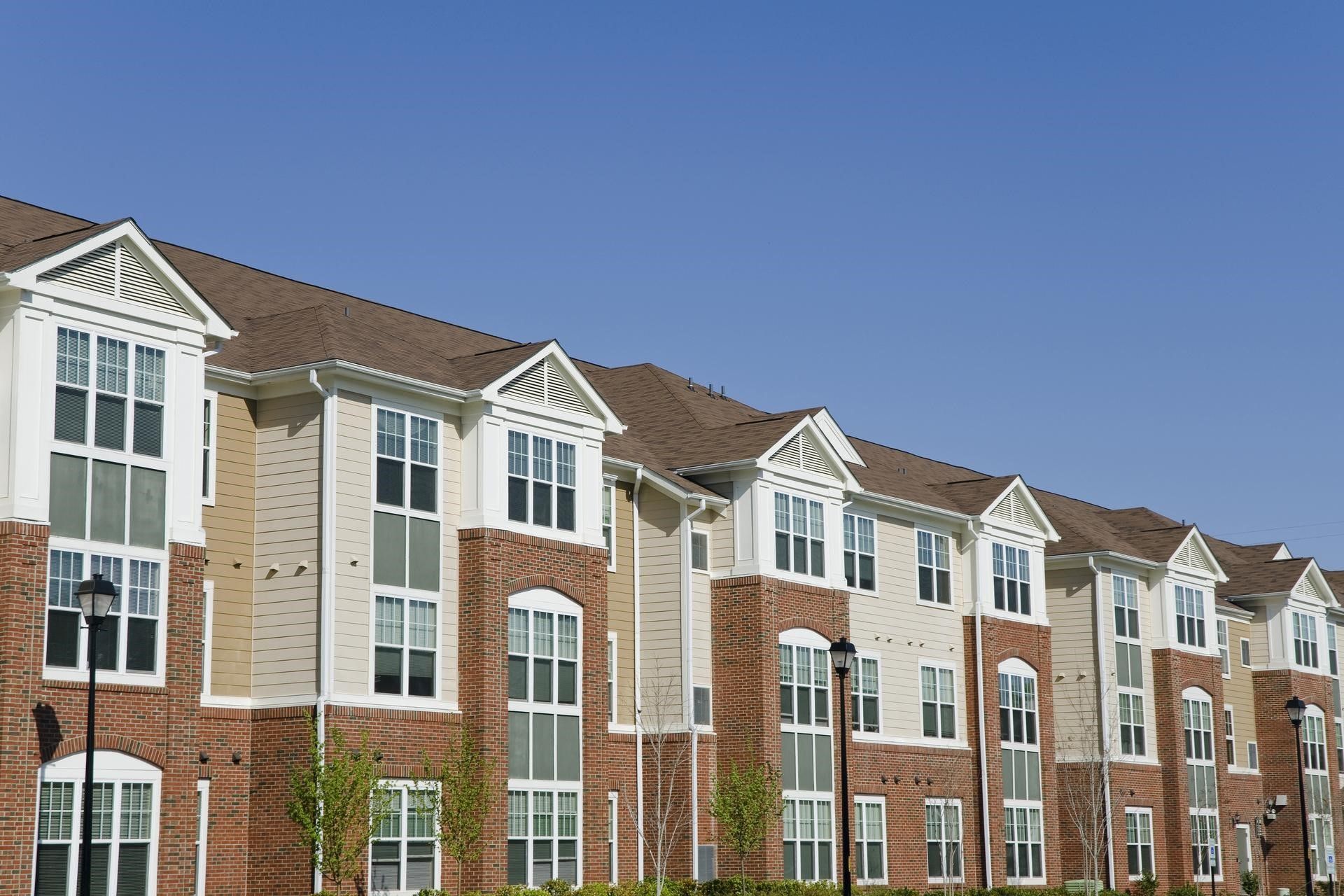Beyond Material: Other Factors That Determine Roof Longevity
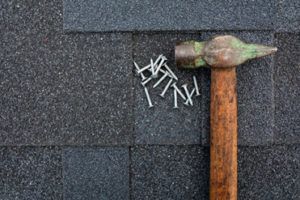
Most people know that roofing materials are the primary determinants of roof longevity. For example, asphalt shingles rarely last as long as slate. However, other factors also play a critical role. Below are some of the factors, other than material, that determine roof longevity.
Weather
The local weather affects your roof’s integrity in multiple ways. For example:
- Temperature fluctuations cause roofing materials, especially metal, to expand and contract. The contractions and expansions trigger a thermal shock that accelerates material degradation.
- Moisture exposure increases the risk of corrosion and rot, both of which weaken the roof.
- Ultraviolet (UV) rays in the sun accelerate material deterioration. For example, constant sunlight exposure dries out asphalt shingles and increases their risk of damage.
Moderate weather tends to be best for most roofs. Weather extremes, such as regular snowfalls or high temperatures, weaken the roof. Weakened roof structures and materials are more susceptible to damage from other sources — such as wind.
Pitch
The pitch (slope or steepness) of your roof determines how easily external forces affect it. Here are a few examples of the effect of pitch on roof integrity:
- Flat roofs are more susceptible to drainage issues than pitched roofs. Drainage problems can lead to material degradation and, eventually, leaks.
- Snow accumulation is more of a problem in flat roofs than pitched roofs. Snow accumulation can lead to roof overweight that can cause the roof to crack or cave in.
- Snow can easily slide off steep-slopped roofs and damage the eaves.
- High-pitched roofs and low-pitched roofs are more vulnerable to wind damage than roofs with moderate pitches.
Note that both high-pitched and low-pitched roofs have their pros and cons. The roofing contractor will analyze your roof’s design, material, and your home’s location to come up with the best pitch.
Ventilation
Poor ventilation accelerates roof damage during both the summer and winter. During the summer, heat will penetrate the roof and heat up the attic. The hot air will damage the roof decking and materials.
During the winter, poor ventilation will allow heat from inside the house to accumulate under the roof. The hot air will condense and trigger corrosion and decay of the roofing materials. In both cases, the roof will deteriorate faster than it would with proper ventilation.
I nsulation
Roof insulation keeps the outside and inside temperatures separate. With poor insulation, all the layers of the roof will experience the full effect of temperature fluctuations. For example, the underlayment will heat up during the day when the sun is out and cool after dark. As mentioned above, temperature fluctuations accelerate the rate of roof degradation.
Maintenance
Some roofs are low-maintenance while others are high-maintenance — but they all need maintenance. Here are examples of how inadequate maintenance affects roof longevity:
- Debris on the roof encourages moisture exposure and algae growth, both of which can damage the roof.
- If your gutters hang, don’t slope properly, or get disconnected, they might cause water to back up under the roof.
- Damaged or missing flashing can allow water penetration into the roof.
- Displaced or damaged shingles can allow water penetration into the roof.
- Loose nails can allow wind to rip of sections of the roof.
Inadequate maintenance might not cause your roof to collapse. However, a poorly maintained roof won’t withstand problems, such as heavy snowfalls, that a properly maintained roof can withstand.
Other than the weather, most of the factors are things you can control to get a durable roof. With decades of experience in the roofing industry, D.S. Bahr Construction, Inc., is the right company to help you get a durable roof. Contact us for a quote today, and we will work with you to install a durable roof.
The post Beyond Material: Other Factors That Determine Roof Longevity appeared first on D.S. Bahr Constraction, Inc.

